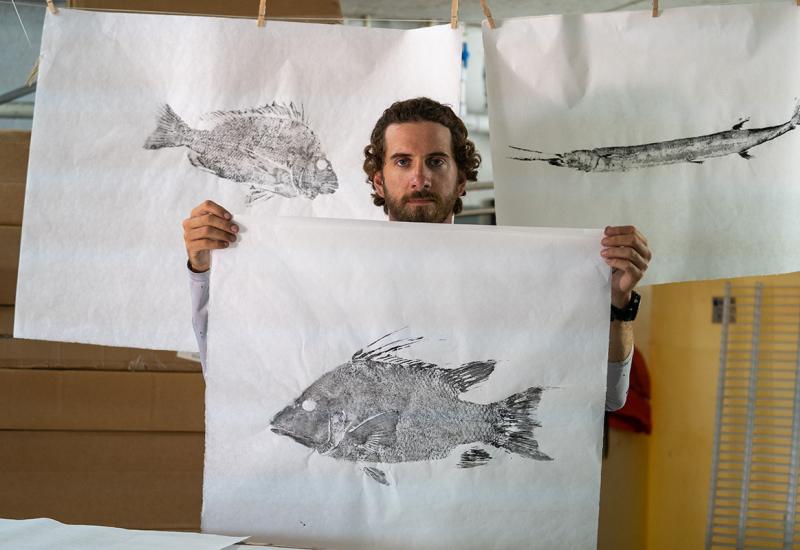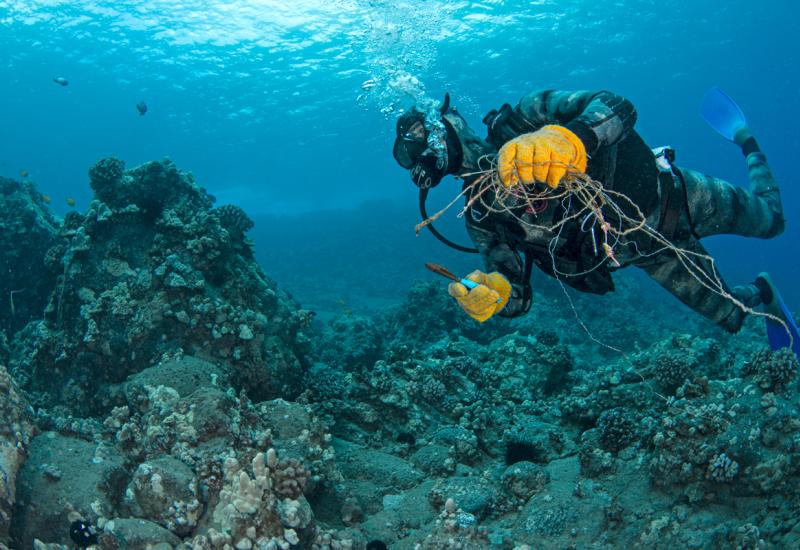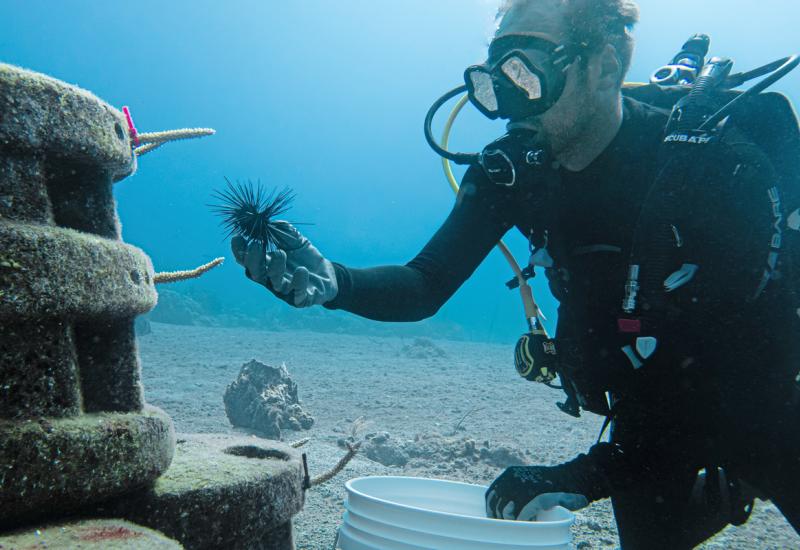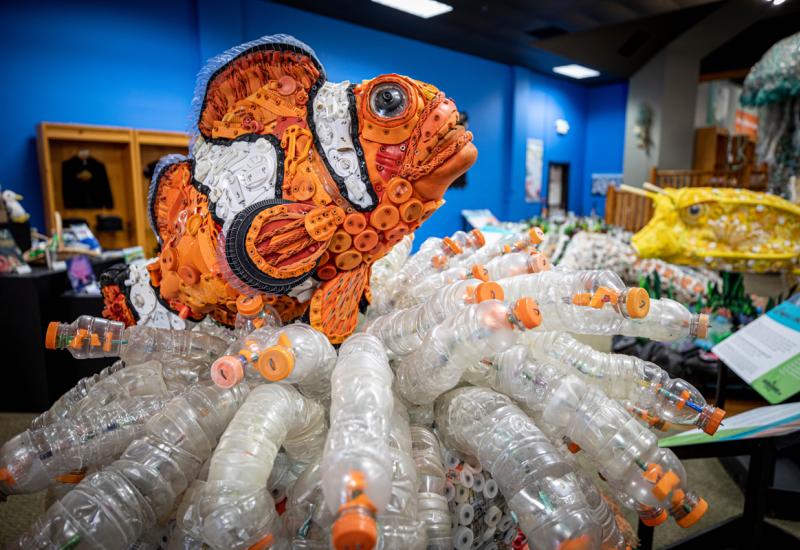Thousands of Volunteer Divers Get Hands On with Reef Restoration in Florida
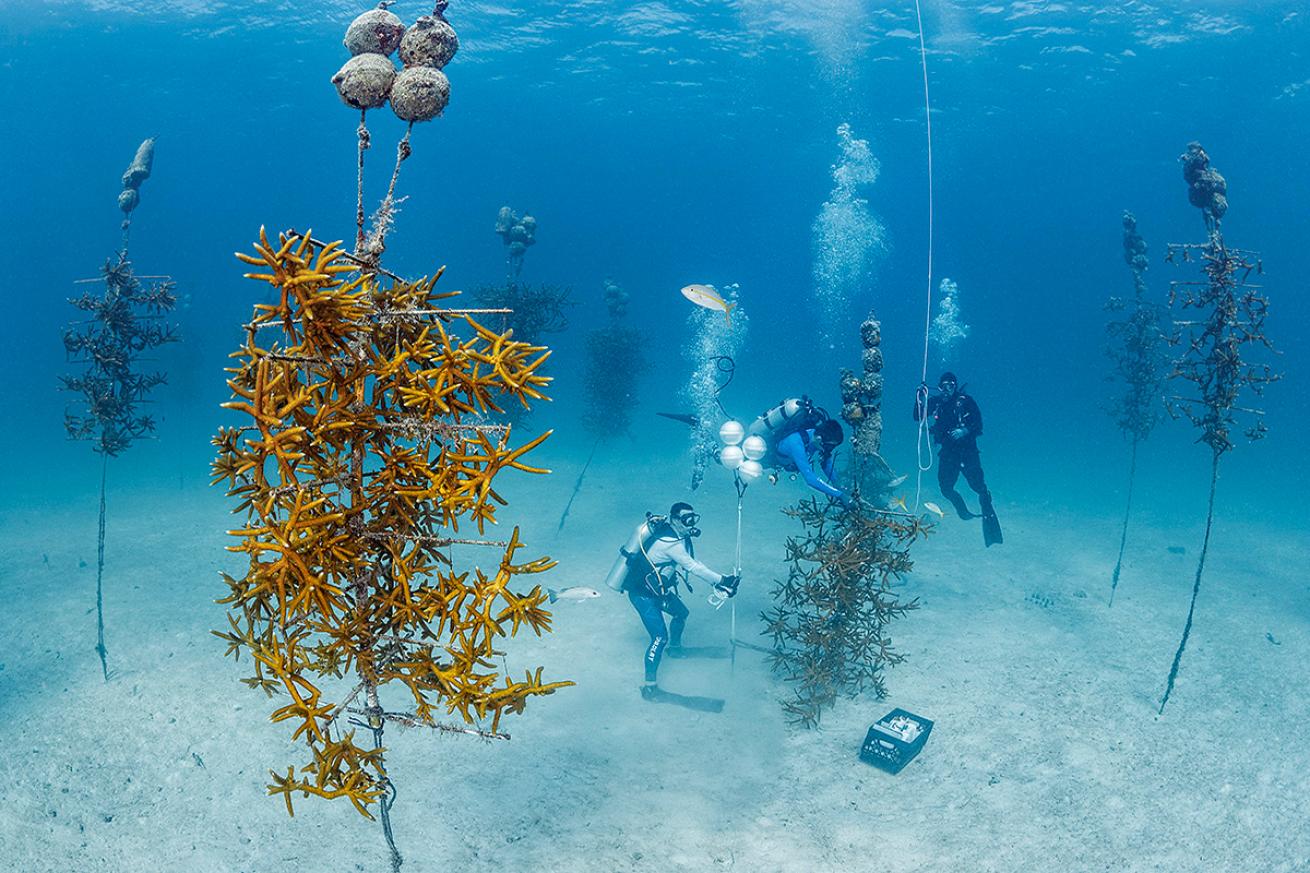
Brandon ColeDivers tend to a Coral Restoration Foundation nursery off Key Largo.
Spring break, 1988. I remember flashing fish, flourishing corals and the joy of diving in the “tropics,” a novel experience for one weaned in the chilly kelp forests of California and Washington. I took for granted that the Florida Keys would always offer a vibrant American coral kingdom at my disposal.
That was then, in the middle of a decades-long era of wholesale taking of everything. At the time I couldn’t understand the sobering reality; my personal baseline was just beginning. Now I can.
Thirty years later, I’m back in the Keys, hovering over the same reefs. What I see is not what I remember. There’s dramatically less live coral, and most is worse for wear. Scientists report that more than 90 percent of Florida’s stony corals have been lost to disease, pollution, storms, boat and anchor damage, careless divers, loss of herbivores and extreme ocean temperatures.
But it’s not all gloom and doom. The proof is growing right in front of me at Pickles Reef, where golden staghorn corals the size of my outstretched hand sprout with promise.
Coral Restoration Foundation (CRF), a global organization based in the Florida Keys, is actively working to restore degraded reefs to their former health. “We give divers of all experience levels the opportunity to assist in rebuilding a threatened ecosystem,” says Roxane Boonstra, CRF dive program and volunteer coordinator.
More than 4,000 divers have pitched in to date; I join a dozen participants in this daylong CRF recreational program. First up is an orientation at their Exploration Center in Key Largo, to learn about the Florida Reef Tract’s ecology and receive a primer on the marine biology behind the restoration. CRF scientists have developed innovative protocols to successfully propagate and outplant, at ecologically significant levels, healthy, genetically diverse corals. They work with more than 500 coral genotypes across 11 species—including staghorn, elkhorn, pillar and boulder corals, all classified as endangered—to maximize resiliency against environmental stressors.
Next, we make our way 3 miles offshore. Our first destination is CRF’s Tavernier Coral Tree Nursery, the world’s largest coral nursery. Covering 1.5 acres of seafloor, it contains more than 500 coral trees in 30 feet of water. Starting with small fragments, corals are cultivated on treelike structures made of PVC, fiberglass and rope. Elevation off the seabed bathes the corals in clean, nutrient-rich water, eliminates risk of sedimentation and provides improved access to sunlight. CRF manages seven coral tree nurseries in total—this nursery alone can produce over 35,000 “reef-ready” corals every year. Our job as citizen scientists is to perform maintenance on the structures, removing algae and gathering and tagging coral sprigs for the next stage—outplanting.
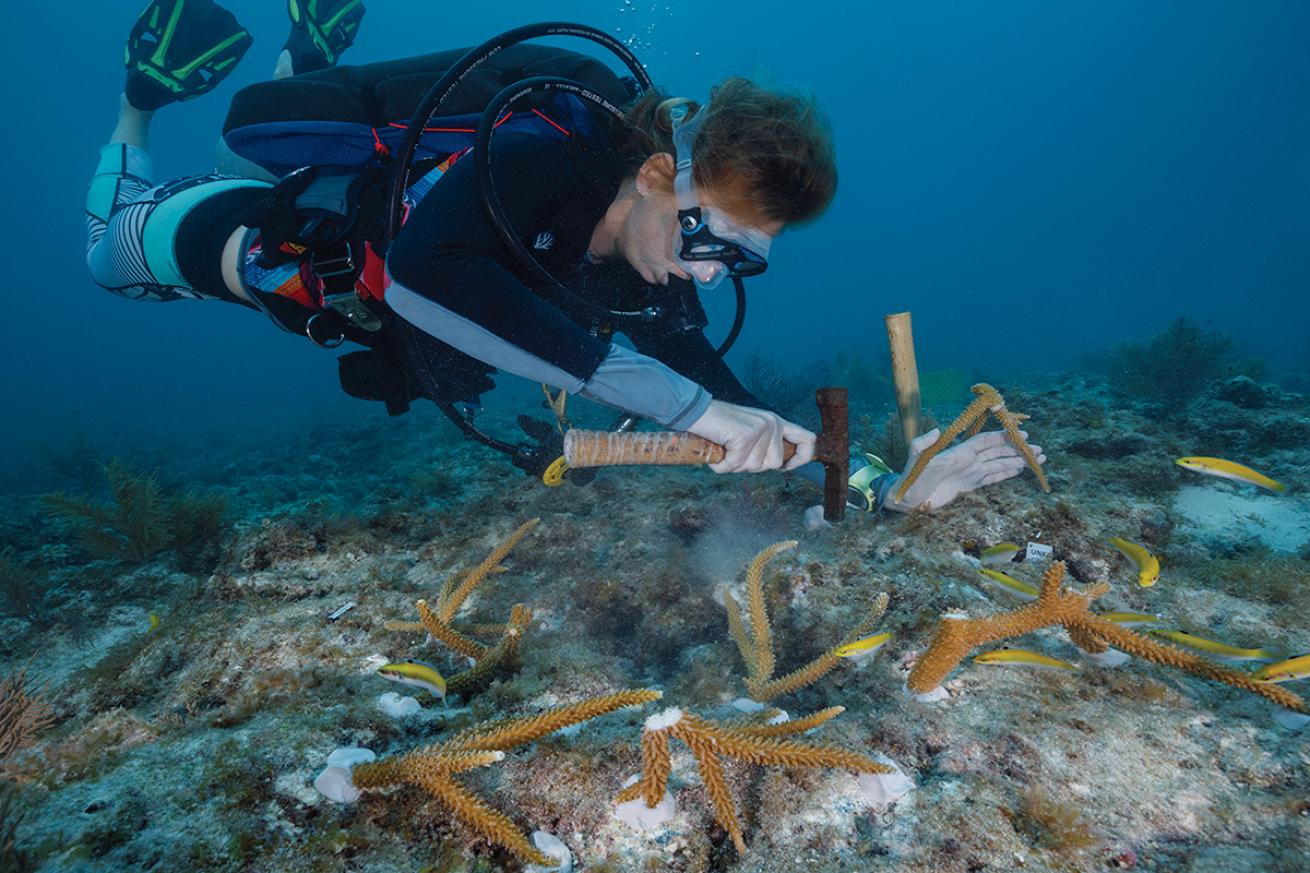
Brandon ColeA diver attaches staghorn fragments to a shallow reef.
We reposition to nearby Pickles Reef. Phase three entails attaching nursery transplants to reef bedrock with non-toxic epoxy. Since 2007, about 140,000 corals have been reintroduced to the Florida Keys National Marine Sanctuary. Many coral outplants from years past have grown into large spawning colonies, seeding hope for these reefs.
Jessica Levy, CRF restoration program manager, smiles. “We rely on the volunteer workforce, which accounts for nearly 75 percent of our in-water efforts, to allow us to achieve the scale of work that we are undertaking—a scale big enough to make a difference.”
Get Involved To learn more about Coral Restoration Foundation’s volunteer and recreational dive program opportunities, visit coralrestoration.org.
More Coral Restoration:
- Coral Restoration Can Aid Reef Resilience According to New Study
- 8 Dives You Can Do to Heal Coral Reefs
- Coral Restoration Nursery and Dives to Launch in Islamorada
- Scientists Are Breeding More Resilient Corals. Could They Resurrect Reefs?
- Artists to Follow on Instagram if You Care About Ocean Conservation

